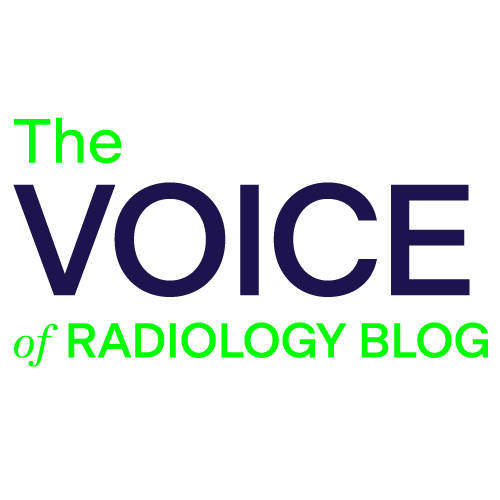Timothy L. Swan, MD, FACR, FSIR, American College of Radiology Board of Chancellors member-at-large, contributed this post.
February is American Heart Month, a federally designated event that began in 1964 with a proclamation by President Lyndon Johnson. We are encouraged to actively begin or renew efforts to improve our own heart health, including increasing physical activity, maintaining a healthy weight, eating a nutritious diet, quitting tobacco, reducing stress and getting better sleep. Another key to heart health is seeking and maintaining close and positive relationships with family and friends.
Heart Month also affords an opportunity to marvel at the evolution of cardiac imaging and intervention, and the radiologists who pioneered this evolving field. Drs. Leo Rigler and Fred Hodges recognized early the importance of evaluating the heart in plain film radiography. Cardiac and coronary angiography were introduced into practice in the 1940s to 1960s by radiologists and cardiologists working competitively and collaboratively.
Therapeutic cardiac interventions, particularly coronary artery interventions, became possible because of the pioneering work of Charles Dotter (angioplasty) and Melvin Judkins (angiography), with Andreas Gruentzig subsequently performing the first coronary balloon angioplasty in the late 1970s. Kurt Amplatz developed power injectors and later developed devices for percutaneous repair of congenital cardiac defects.
Two-dimensional cardiac echocardiography, as practiced today, is based on early work by Raymond Gramiak in the late 1960s and early 1970s.
Gated coronary CT was introduced in the 1980s and demonstrated a wide range of pathology, including intracardiac thrombus, ventricular aneurysms and cardiac scars. Coronary artery calcification evaluation by gated CT was also introduced in the late 1980s. Cardiac CT angiography slowly entered clinical practice in the early 2000s when multi-detector row CTs were developed. Cardiac magnetic resonance (MR), both morphologic and functional, and cardiac MR angiography continue to evolve in clinical practice.
Imaging and percutaneous cardiac/coronary interventions continue to play significant roles in contemporary cardiac care management. Throughout the remainder of this Heart Month, let’s celebrate the grand history of cardiac imaging while also focusing on our own heart health.
Please share your thoughts in the comments section below, and join the discussion on Engage (login required).


